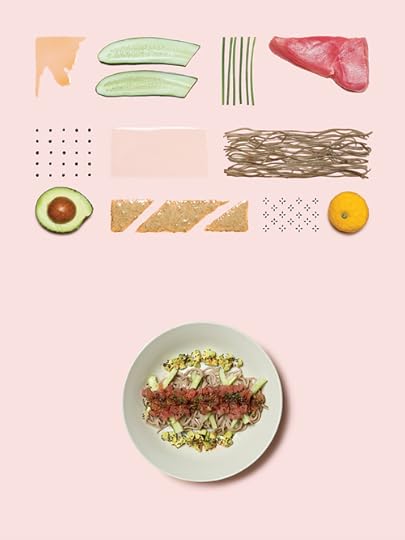Showing raw materials
I'm interested in breaking down the process of showing off a final product, and in how other designers communicate the value of their work. The design of this menu for Italian restaurant Marco Marco helps illuminate what I mean.

Here, the raw materials are shown next to one another in a pleasing aesthetic display. The reader sees everything that will be in the dish. They get a better idea of what they'll receive. They also trust (perhaps implicitly) that there won't be anything in the dish they don't see. This display is meant to create trust.
It also doesn't dumb anything down. You see pictures of spices and cuts of meat, and none of them have a description or an amount. They are indicative and pretty but infotainment at best. Still, this is more than a menu typically provides.
The more I look at it, though, the more I see aesthetics and play without any of the benefits of actual information. What has the reader actually learned by being shown this information? The final plate may give indication, but it takes away as much as it offers (the surprise of seeing your plate, the ability for each dish to be different and not disappointing, etc.,). I realized, the more I looked at this piece, that I was looking at representations. It reminded me of photographs of food taped to the inside of restaurant windows, or, worse, fake plastic dishes. This is a very pretty fake plastic dish.



